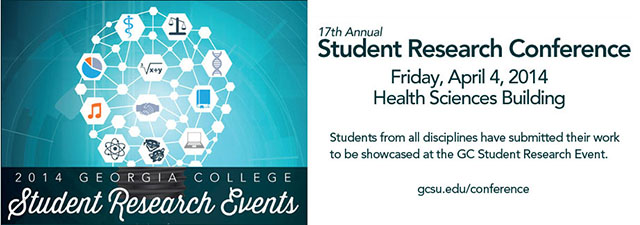
Event Title
Renaissance Influences in Mark Rothko’s #73
Faculty Mentor
Elissa Auerbach
Keywords
Elissa Auerbach
Abstract
Abstract Expressionism broke away from the traditional representational work and creating non-representational imagery focusing on the purity of the medium. This new direction was a response to World War II deciding that leaving tradition behind and starting new was a more constructive way to express the trauma endured. Yet some elements can be traced back to the Renaissance. Abstract Expressionist paintings produced around the mid twentieth century in New York, rendered abstracted forms void of the human figure or any symbolic imagery. During this period in 1952 Mark Rothko painted #73, a depiction of five blurred edge rectangles stacked on top of one another, in a burnt muted warm color palette. Every stroke is visible, broad, rushed, and overlaps at the edges of each square and hints of other colors are visible through the large swatches of color. In this paper I will address the connection between Mark Rothko’s #73 and his predecessors during the Renaissance. Renaissance altarpieces loom over the viewer encompassing them in a spiritual and sacred connection, which viewers feel after looking at Rothko’s work for long periods of time as other scholars have mentioned. I will argue that despite repercussion of the war and abandoning the traditional elements, #73’s subtle details gives it a sublime mystery the longer one looks at tracing back to the Renaissance.
Session Name:
Portraying WWII
Start Date
4-4-2014 9:00 AM
End Date
4-4-2014 10:00 AM
Location
HSB 201
This document is currently not available here.
Renaissance Influences in Mark Rothko’s #73
HSB 201
Abstract Expressionism broke away from the traditional representational work and creating non-representational imagery focusing on the purity of the medium. This new direction was a response to World War II deciding that leaving tradition behind and starting new was a more constructive way to express the trauma endured. Yet some elements can be traced back to the Renaissance. Abstract Expressionist paintings produced around the mid twentieth century in New York, rendered abstracted forms void of the human figure or any symbolic imagery. During this period in 1952 Mark Rothko painted #73, a depiction of five blurred edge rectangles stacked on top of one another, in a burnt muted warm color palette. Every stroke is visible, broad, rushed, and overlaps at the edges of each square and hints of other colors are visible through the large swatches of color. In this paper I will address the connection between Mark Rothko’s #73 and his predecessors during the Renaissance. Renaissance altarpieces loom over the viewer encompassing them in a spiritual and sacred connection, which viewers feel after looking at Rothko’s work for long periods of time as other scholars have mentioned. I will argue that despite repercussion of the war and abandoning the traditional elements, #73’s subtle details gives it a sublime mystery the longer one looks at tracing back to the Renaissance.

